Bethlehem, Jericho, Galilee, Jerusalem, Hebron, Bethany, Samaria. These and many other are the places in the Holy Land that the young group of the Middle East Community Program (MECP) visited for two weeks. The group of eight young people recently returned to Italy after an experience discovering the territory and the Israeli-Palestinian reality. The programme is promoted by Pro Terra Sancta. It offers two weeks of visits, meetings and testimonies between the territory and the community of the Holy Land. We asked Pietro Marchesani, the youngest of the group, to tell us about his experience, which we report below.
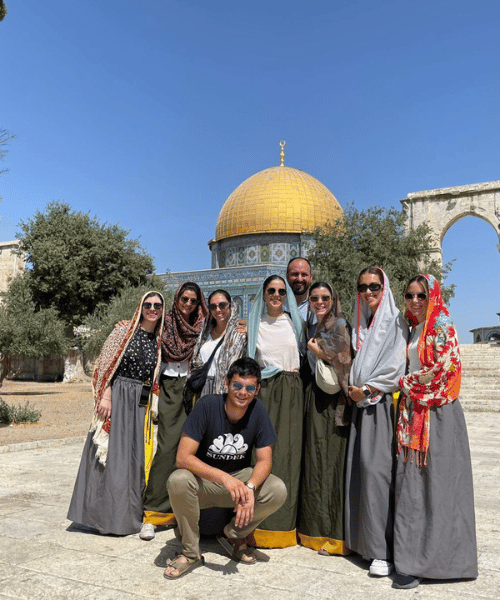
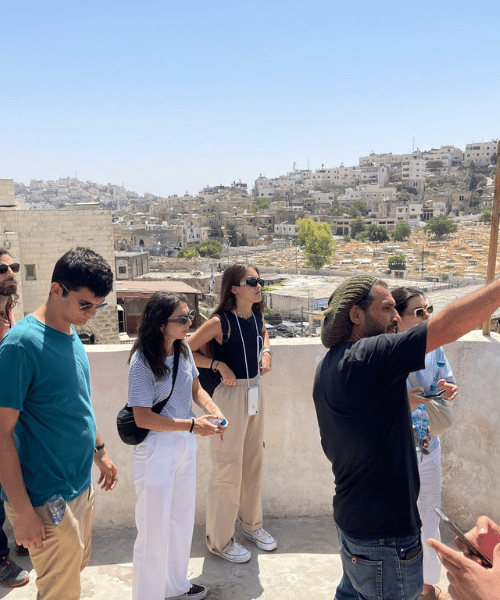
The reality of Palestinian soil
«From August 20th to September 3rd 2022, I had the pleasure of participating in the Middle East Community Program. It is a trip to discover the Holy Land: with all its millenary heritage as well as its recent conflicts.
The MECP is organised by the Association Pro Terra Sancta.
The trip, which focused more on modern historythan on the enormous archaeological heritage of historical Palestine,allowed me to visit the most important urban centres of the region such as Jerusalem, Nablus, Hebron and Jericho, even the hidden corners not crowded by tourists and pilgrims, but for this reason endowed with a greater authenticity and beauty. We also had encounters with the reality of international initiatives on Palestinian soil such as Operation Dove in At Tuwani, the Mosaic Centre in Jericho This latter trains local professionals, has restored the splendid mosaics of the Hisham palace from the Umayyad period. . It is the second largest mosaic surface in the entire Middle East. Or again, although it is only the volunteers who are international, not the founding core, the Bethlehem Botanical Garden, which aspires to be the museum of the Palestinian rural landscape.
The MECP makes you discover a surprising complexity
In this journey, past and present interpenetrate. . This is the magical characteristic of the Holy Land.
In the Israeli-Palestinian conflict, as well as in the daily reaffirmation of their identity, Arabs, Jews and Christians alike all refer to their national history. And in the region this is materially reflected in the number and preciousness of the archaeological sites. The past, history, the memory of a 'golden age' are here a political instrument of legitimisation and a battleground in the war of cultural; as well as political, pre-eminence.
Therefore, in this region, it strikes to see the Church of the Nativity and the Aida refugee camp on the same day. Or to explore the importance of Ottoman Nablus as well as the advantages of its kasbah for Palestinian guerrillas.
But Israel's and Palestine's archaeological heritage is not only aimed at cracking the strange balance of binationality in this land, it also shows a past of sharing and layering:: we visited the archaeological site of Capernaum where the largest synagogue in ancient Galilee had sprung up next to the holy site of the Apostle Peter's house, or the Tomb of the Patriarchs in Hebron with its stratification of religions (Byzantine Christians, Muslims, Crusaders and again Saladin's Arabs, today a mosque and synagogue at the same time but in a tragic context).
With MECP, we then delved into the never-vanishing Christian presence in the area and its surprising confessional variety,visiting Mar Saba, the oldest monastery ever abandoned in the world, which rises in the desert to favour the solitude and prayer of Greek Orthodox monks, and the Holy Places of Jerusalem, administered together with the logic of compromise by the different exponents of the “belief”.
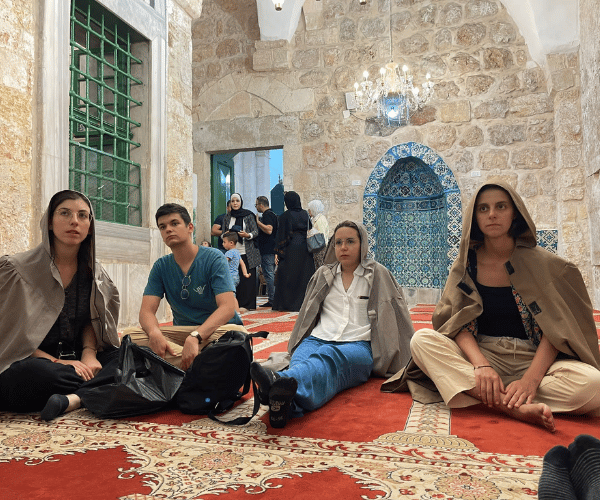
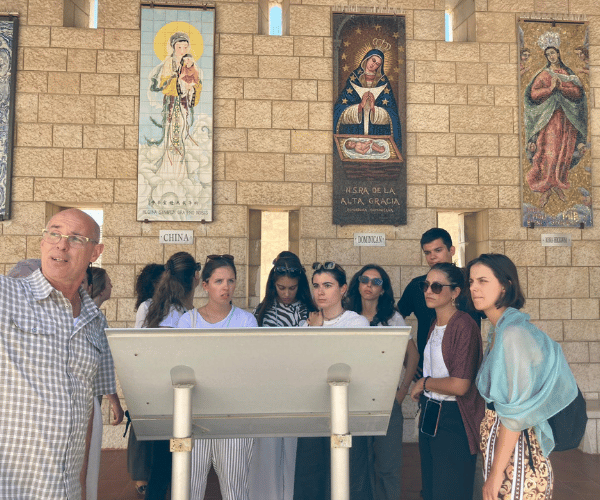
A land impregnated with history and conflict
The Holy Sepulchre and the Holy places of Christianity are common pilgrimage destinations that on this trip we appreciated most for the archaeological and historical explanations that amplify, not diminish, the attractive sacredness of those site.But the MECP also allowed us less common but equally interesting experiences. Such as the visit, possible only with a Muslim guide, inside the Dome of the Rock and Al-Aqsa, architectural masterpieces of the Islamic world.
We also talked to many locals, mostly Palestinians, but also several Israelis, asking their opinions about the always difficult, often conflictual and bloody coexistence of Arabs and Jews, obtaining contrasting opinions, not only between Arabs and Israelis, but also among the Arabs themselves and among the Palestinians themselves.
It was a truly inspiring trip that showed us the contradictions of today and the past splendours of this region full of history and conflict,showing us both the major archaeological sites, the most famous holy places, and the villages and towns where tensions are highest, that allowed us to confront ourselves with the ideas of the local populations, thus seeing both their needs and their unjust conditions, but that did not give us a solution to this land.
Personally, I return to Vigevano more aware of the problems and injustices of historical Palestine, but, understanding this complexity, without any solution. This land leaves in those who visit it for what it is a sense of emptiness and confusion. Far from being negative, it stimulates thought and establishes a strong bond with the Holy Land.
Pietro Marchesani
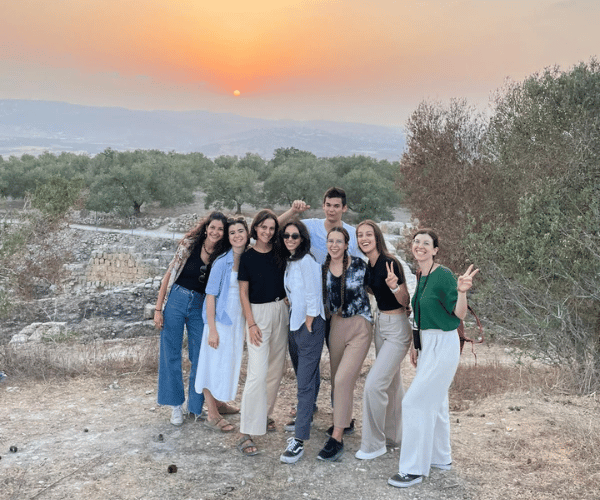
Pietro told us about these unforgettable days in the latest episode of our Italian pdcast "Voci di Terra Santa".
The Middle East Community Programme looks forward to seeing you next year!


















